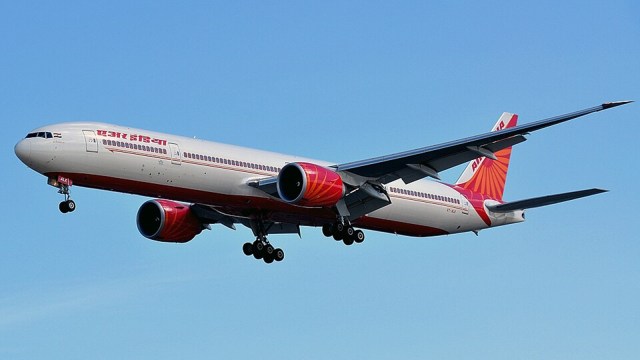
The Air India plane crash in Ahmedabad, the worst in decades — more than 240 people lost their lives — leaves us with no words. No lament is enough, as the stories of the deceased and their families fill the newspapers and television channels. However, this is a time to contemplate and learn. It is too early to say anything about what went wrong, but history could guide us towards a better future. Over the past few decades, multiple accidents occurred in India — most of them less disastrous than the current one — and their causes have been adequately investigated and highlighted. The trauma of the Kozhikode accident in 2020 and the Mangalore crash, a decade earlier, is still fresh.
There is no doubt that both globally and in India, the civil aviation sector continues to improve in safety. By 2000, scholars found that the number of accidents had reduced to a point where fewer than two accidents happened in every one million departures. Still, there is a need to look closely at the nature of aviation accidents to make the sector safer. The latest crash, as well as the previous ones in this decade, demand that one look beyond the reasons of the crash and unpack the complexities of the aviation industry.
Aviation is a complex socio-technical, systemic sector. Socio-technical systems are composed of people in various roles, technologies of varying capacities and power, rules, and regulations — both national and international. The interactions between all of these systems enable their functioning. And whenever such interactions fail or there is a lack of systematic coordination, it leads to a temporary collapse of the system itself that might even result in accidents.
Accidents can occur due to many factors: Human, technological, environmental, maintenance and organisational.
Additionally, certain phases of flight tend to be more susceptible to accidents than others. Landing emerged as the most accident-prone and fatal phase, followed by en-route flight and approach. While take-off had a high number of accidents, it resulted in fewer deaths compared to other critical flight phases. Taxiing operations — the aircraft’s movement on the taxiways and runways under its own power — were found to be the safest, with zero fatalities reported across five decades. The landing and approach phases are recognised as the riskiest due to complex navigation, fluctuating weather conditions, and proximity to terrain and runways.
There is also a seasonal pattern. In my study, I found a significant correlation between the monsoon months, particularly July and August, and the number of accidents. August recorded the highest fatalities, followed closely by June. Post-1990, August remained the deadliest month in terms of environmental accidents, while the winter months generally recorded non-fatal incidents.
These factors, at least, can make us aware of the time and space where the aviation actors should be more cautious.
However, we are far from getting the full picture of what happened in Ahmedabad. The Aircraft Accident Investigation Bureau has taken up the probe, and it might take months or years before we know the complex factors that led to the tragic accident. But, for now, it is our responsibility to redirect our focus to understanding how complex aviation systems operate. This knowledge forms a part of the disciplines of safety science and human factors engineering, but has remained confined to niche sectors such as aviation. We need more general literacy for the workforce. As part of the socio-technical system that runs the aviation sector, the general workforce must be trained to understand multiple complexities and interactions. This is what we should now focus on rather than blaming individuals, searching for root causes or treating accidents as acts of God.
The writer teaches at IIT, Kanpur. Views are personal